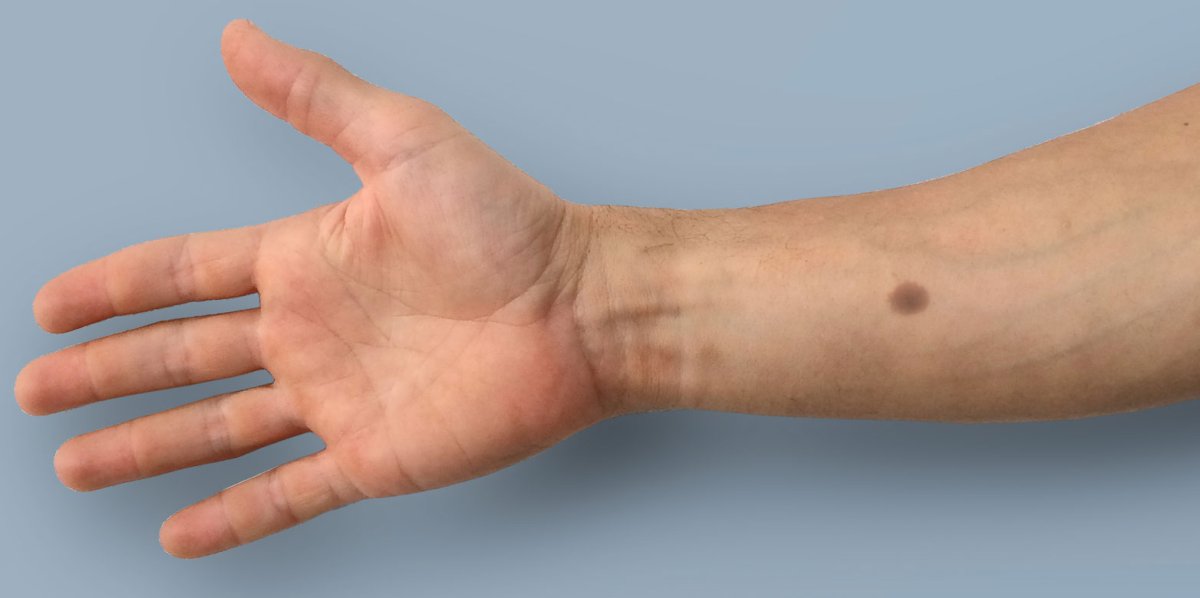
Well-known mole-bearers have made the “imperfection” into a glamorous way to express yourself. Madonna’s famously drawn-on beauty mark, the Monroe piercings of emo darlings. They’re downright fashionable.
Tomorrow, though, there could be artificial ones. And they wouldn’t just be for aesthetic purposes — they may mean life-saving healthcare.
A research team has found a way to produce an artificial mole that serves as an early warning sign of the four most common types of cancer (namely: prostate, lung, colon, and breast). The researchers published a study Wednesday in the journal Science Translational Medicine.
In 2018, doctors will diagnose an estimated 764,610 people with cancer in the prostate, lung, colon, or breast — in the U.S. alone. Early detection can significantly increase a person’s chance of surviving these cancers.
This new artificial mole? It can spot the warning signs even sooner than conventional diagnosis methods.
Here’s how it works. First, the researchers created an implant that contains a network of genes and human cells. Once under a person’s skin, the implant monitors their blood calcium level. That’s an important metric to watch because, when our bodies begin developing a tumor, this level increases.
Too much calcium for too long, and the implant triggers the cells to begin producing melanin. This is the natural pigment that helps determine our skin color.

The increased melanin causes the skin above the implant to turn brown. The researchers note the mole “could be detected with the naked eye and optically quantified,” though they don’t say anything about how visible the mole will be through skin with naturally deeper tints.
The patient would see this artificially-generated mole and know they need to check in with their doctor. For those who don’t want to deal with the anxiety of constantly wondering if a cancer-detecting mole is going to appear on their body at any given moment, the researchers developed an alternative version of the artificial mole. This one is only visible under red light, so a doctor would check the status for the patient during an office visit.
The researchers don’t designate who exactly would be the idea recipient of such an implant, though presumably it would be someone at high risk of developing cancer, or relapsing. But they do suspect it would work for about a year once in place, based on other studies of encapsulated living cells.
The researchers tested their artificial mole in a mouse model and on pig skin, and found that it worked as hoped. The problem now is they don’t have the funds to take their research to the next level. “Continued development and clinical trials in particular are laborious and expensive, which we as a research group cannot afford,” Martin Fussenegger, a professor at ETH Zurich and one of the authors of the study, said in a press release.
Even if someone else can pick up where his team left off, Fussenegger expects it would take at least a decade for the implant to reach the market. So for now, we’ll have to rely on other detection methods. Artificial moles, meanwhile, will remain relegated to the realm of (questionable) fashion.